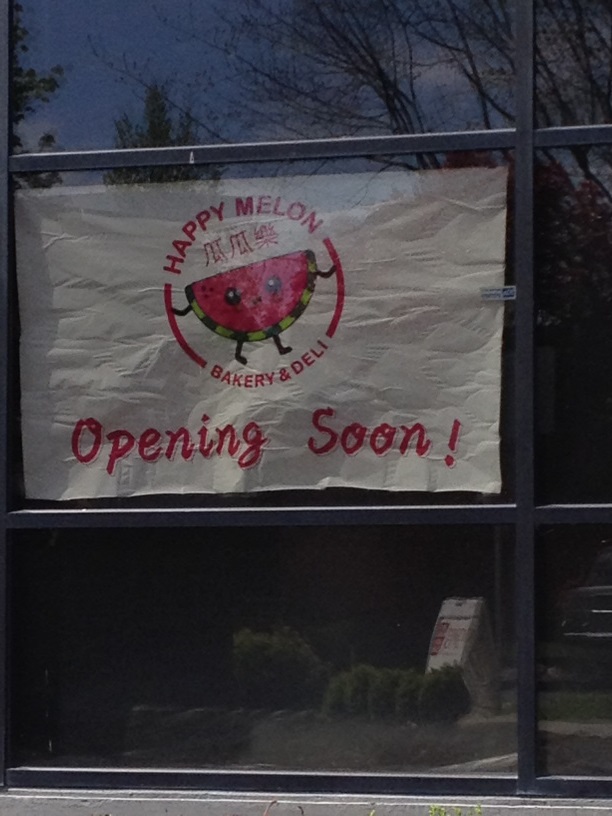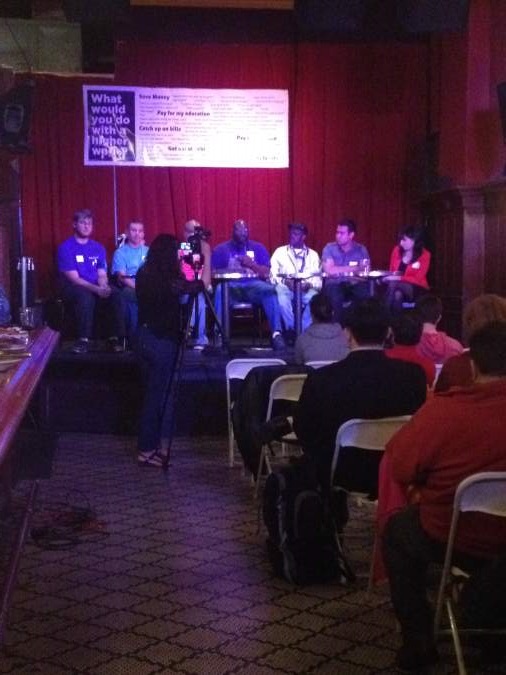Craft-cocktail bars tend to be very faithful to pre-Prohibition standards, from their glassware to their bartenders’ facial hair. But the practice of treating patrons to free food along with their fancy drinks has vanished.
During the late 19th century, the free lunch represented a rare point of agreement between saloon keepers and anti-alcohol crusaders: None of them liked it. Elaborate spreads featured hams, smoked herring, loaves of rye bread, pickled oysters, and massive rounds of beef. The tavern owners forced to foot the grocery bills complained about the cost, and teetotalers argued the gratis buffet was turning hungry customers into drunkards.
“When one can do sufficient business without being obliged to set out the lunch, he is fortunate, as it not only saves expense, but avoids considerable trouble,” Harry Johnson wrote in the 1900 edition of his bartenders’ manual.
Although it was impossible for saloons in Johnson’s day to eliminate the amenity and remain competitive, the free lunch didn’t survive Prohibition. When bars reopened after Repeal, legal drink was enticement enough.
Still, many bars routinely dished out pretzels, peanuts, or cheese and crackers—the traditional snack at Sardi’s in New York City until the Department of Health last November extinguished the communal cheese pot, forcing the bar to serve individual cheese crocks with plastic-wrapped crackers. Sardi’s now charges $3 for the setup.
“You shouldn’t have nuts or pretzels or definitely not cheese out at the bar,” a department spokesperson told The New York Times in the wake of the Sardi’s imbroglio. “You can be served new appetizers, if you want to call them that, but that can’t be left out.”
The Department of Health isn’t entirely to blame for the disappearance of bar mix: Craft-bar owners say they can’t afford to give away salty snacks of a caliber consistent with their vermouths and vinegars. A few European-style bars still offer cheese and cold cuts at cocktail hour, but the vast majority of upscale venues serving peanuts now slap a $3 price tag on the plate. Olives, popcorn, and housemade potato chips are also popular low-cost snacks.
“Dive bars and such can do it, as the majority of the drinks are highballs, shots, and beer; all have huge margins, and can afford to give away snacks,” says Canon’s Jamie Boudreau. “The only way that a craft-cocktail bar could sustain giving away food would be to charge $13-plus for all of their drinks, and we all know how well that would go over, given the Pacific Northwest stance on price and value. If anything, I think that happy hour has replaced the free snack.”








